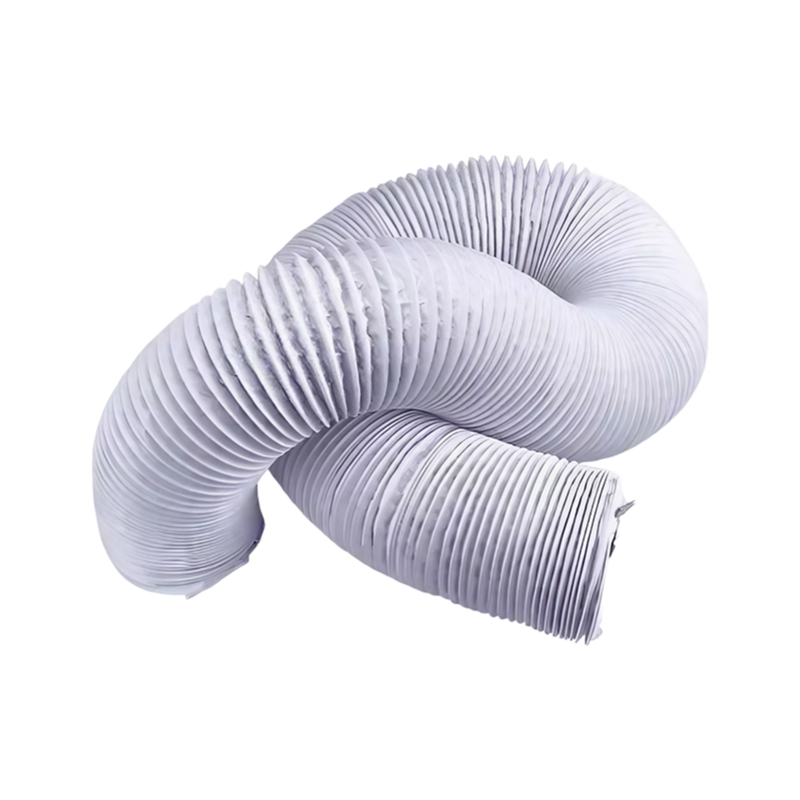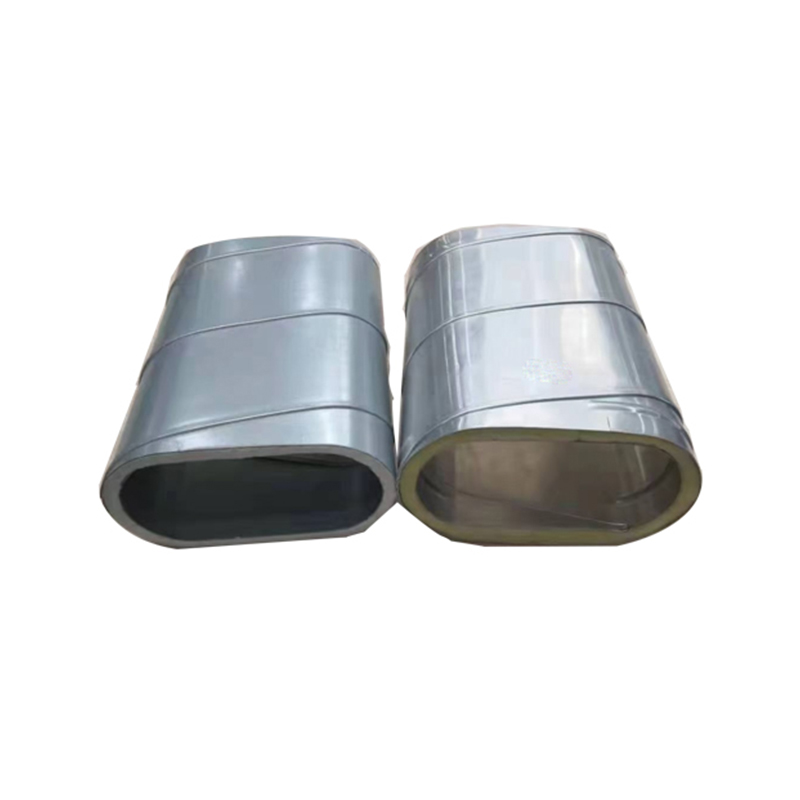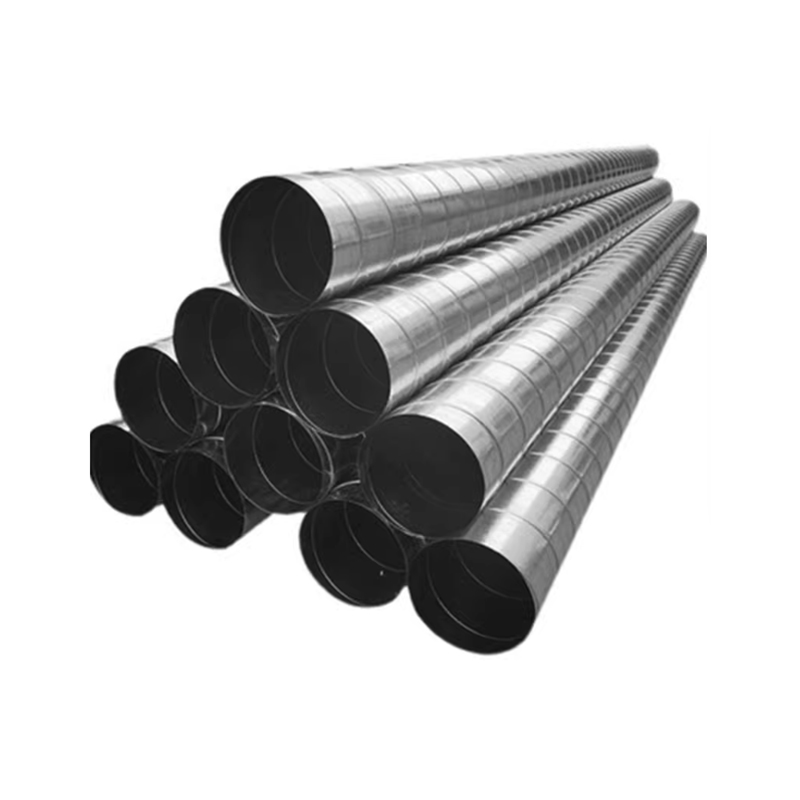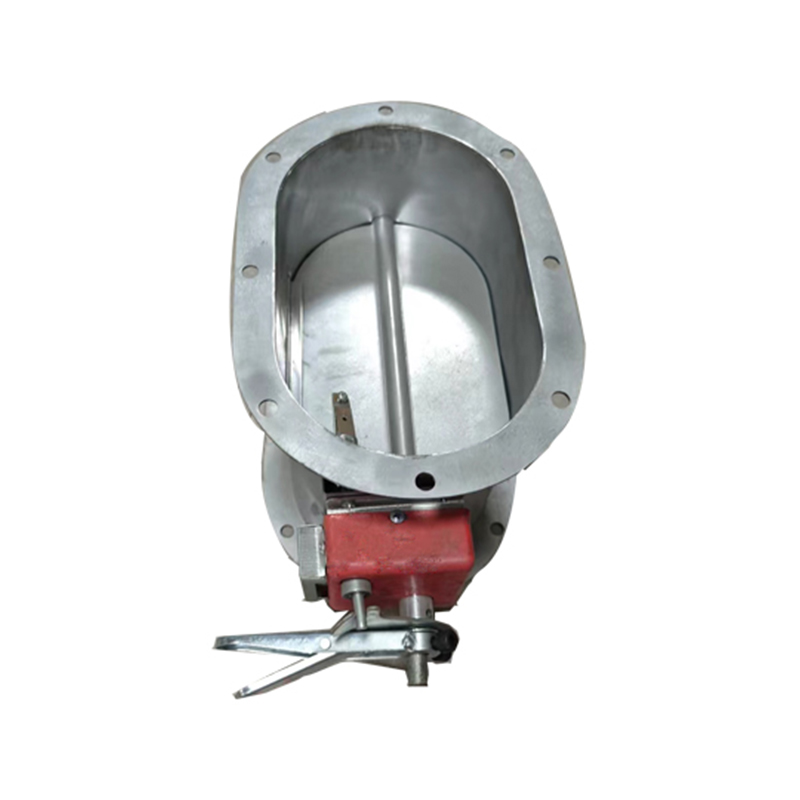What role does single layer louver vent play in building energy conservation?
Release Time : 2025-04-10
Against the backdrop of the global energy crisis and increasing environmental pressure, building energy conservation has become a core issue for sustainable development in the construction industry. As an important part of the building ventilation system, single layer louver vent plays an irreplaceable role in reducing building energy consumption and improving indoor environmental quality with its unique design and functions.
1. Airflow control: Accurately match indoor and outdoor environments
Single layer louver vent achieves precise control of airflow direction and speed through adjustable blade design. In summer, when the outdoor temperature is too high, users can adjust the blade angle to the minimum to reduce the influx of outdoor hot air, while cooperating with the air conditioning system to achieve rapid cooling; in winter, the blade angle can be appropriately increased to allow some sunlight and warm air to enter the room and reduce heating energy consumption. This flexible airflow control capability enables buildings to dynamically adjust ventilation strategies according to real-time environmental changes, avoiding over-reliance on mechanical refrigeration or heating equipment.
Taking the residential project in Guang'an as an example, the widespread use of single-layer louver vents has enabled local residents to reduce air conditioning energy consumption by about 15% in summer and heating load by about 10% in winter. Its energy-saving effect is not only reflected in the intuitive decline in energy consumption data, but also in the synergy of natural ventilation and mechanical ventilation, which prolongs the service life of air conditioning and fresh air systems and reduces maintenance costs.
2. Energy-saving design: reducing air resistance and energy consumption
Due to structural limitations, traditional vents often have problems such as high air flow resistance and high energy consumption. Single-layer louver vents effectively reduce friction resistance when air passes through by optimizing the blade spacing and angle design. Experimental data show that under the same air volume conditions, the energy consumption of single-layer louver vents is about 20% lower than that of traditional vents. In addition, its aluminum alloy or iron material not only ensures the stability of the structure, but also has excellent corrosion resistance, further extending the service life of the equipment and reducing the waste of resources caused by equipment replacement.
3. Synergistic effect of ventilation and energy saving
The core value of single layer louver vent lies in its dual attributes of "ventilation" and "energy saving". In the building ventilation system, it is not only a channel for air circulation, but also a key node for energy saving. By rationally designing the layout and angle of the vents, efficient exchange of indoor and outdoor air can be achieved, reducing indoor air pollution and improving living comfort. For example, in crowded places such as shopping malls and hotels, the use of single layer louver vent and fresh air system can increase the indoor air quality compliance rate to more than 95%, while reducing the operating energy consumption of the fresh air system.
4. Convenient maintenance: reduce long-term use costs
Building energy saving requires not only the energy-saving performance of the equipment itself, but also its full life cycle cost. The detachable blade design of single layer louver vent makes cleaning and maintenance simple and efficient. Users can complete the removal and cleaning of the blades without professional tools, avoiding the decrease in ventilation efficiency and increase in energy consumption caused by vent blockage. In addition, its modular design also facilitates the replacement and upgrading of equipment, further reducing the long-term use cost.
With the development of the Internet of Things and artificial intelligence technology, single layer louver vent is gradually evolving towards intelligence. In the future, by integrating sensors and intelligent control systems, the vents can automatically adjust the blade angle according to indoor and outdoor environmental parameters to achieve true "intelligent ventilation". For example, when the indoor CO₂ concentration is detected to be excessive, the system can automatically increase the ventilation volume; when the outdoor PM2.5 concentration is detected to be too high, the vents can be automatically closed and the air purification equipment can be started. This intelligent upgrade will further enhance the energy-saving effect of single layer louver vent and bring more possibilities for building energy saving.
Single layer louver vent has become an indispensable part of the field of building energy saving with its unique airflow control ability, energy-saving design, synergistic effect of ventilation and energy saving, and easy maintenance.
1. Airflow control: Accurately match indoor and outdoor environments
Single layer louver vent achieves precise control of airflow direction and speed through adjustable blade design. In summer, when the outdoor temperature is too high, users can adjust the blade angle to the minimum to reduce the influx of outdoor hot air, while cooperating with the air conditioning system to achieve rapid cooling; in winter, the blade angle can be appropriately increased to allow some sunlight and warm air to enter the room and reduce heating energy consumption. This flexible airflow control capability enables buildings to dynamically adjust ventilation strategies according to real-time environmental changes, avoiding over-reliance on mechanical refrigeration or heating equipment.
Taking the residential project in Guang'an as an example, the widespread use of single-layer louver vents has enabled local residents to reduce air conditioning energy consumption by about 15% in summer and heating load by about 10% in winter. Its energy-saving effect is not only reflected in the intuitive decline in energy consumption data, but also in the synergy of natural ventilation and mechanical ventilation, which prolongs the service life of air conditioning and fresh air systems and reduces maintenance costs.
2. Energy-saving design: reducing air resistance and energy consumption
Due to structural limitations, traditional vents often have problems such as high air flow resistance and high energy consumption. Single-layer louver vents effectively reduce friction resistance when air passes through by optimizing the blade spacing and angle design. Experimental data show that under the same air volume conditions, the energy consumption of single-layer louver vents is about 20% lower than that of traditional vents. In addition, its aluminum alloy or iron material not only ensures the stability of the structure, but also has excellent corrosion resistance, further extending the service life of the equipment and reducing the waste of resources caused by equipment replacement.
3. Synergistic effect of ventilation and energy saving
The core value of single layer louver vent lies in its dual attributes of "ventilation" and "energy saving". In the building ventilation system, it is not only a channel for air circulation, but also a key node for energy saving. By rationally designing the layout and angle of the vents, efficient exchange of indoor and outdoor air can be achieved, reducing indoor air pollution and improving living comfort. For example, in crowded places such as shopping malls and hotels, the use of single layer louver vent and fresh air system can increase the indoor air quality compliance rate to more than 95%, while reducing the operating energy consumption of the fresh air system.
4. Convenient maintenance: reduce long-term use costs
Building energy saving requires not only the energy-saving performance of the equipment itself, but also its full life cycle cost. The detachable blade design of single layer louver vent makes cleaning and maintenance simple and efficient. Users can complete the removal and cleaning of the blades without professional tools, avoiding the decrease in ventilation efficiency and increase in energy consumption caused by vent blockage. In addition, its modular design also facilitates the replacement and upgrading of equipment, further reducing the long-term use cost.
With the development of the Internet of Things and artificial intelligence technology, single layer louver vent is gradually evolving towards intelligence. In the future, by integrating sensors and intelligent control systems, the vents can automatically adjust the blade angle according to indoor and outdoor environmental parameters to achieve true "intelligent ventilation". For example, when the indoor CO₂ concentration is detected to be excessive, the system can automatically increase the ventilation volume; when the outdoor PM2.5 concentration is detected to be too high, the vents can be automatically closed and the air purification equipment can be started. This intelligent upgrade will further enhance the energy-saving effect of single layer louver vent and bring more possibilities for building energy saving.
Single layer louver vent has become an indispensable part of the field of building energy saving with its unique airflow control ability, energy-saving design, synergistic effect of ventilation and energy saving, and easy maintenance.







